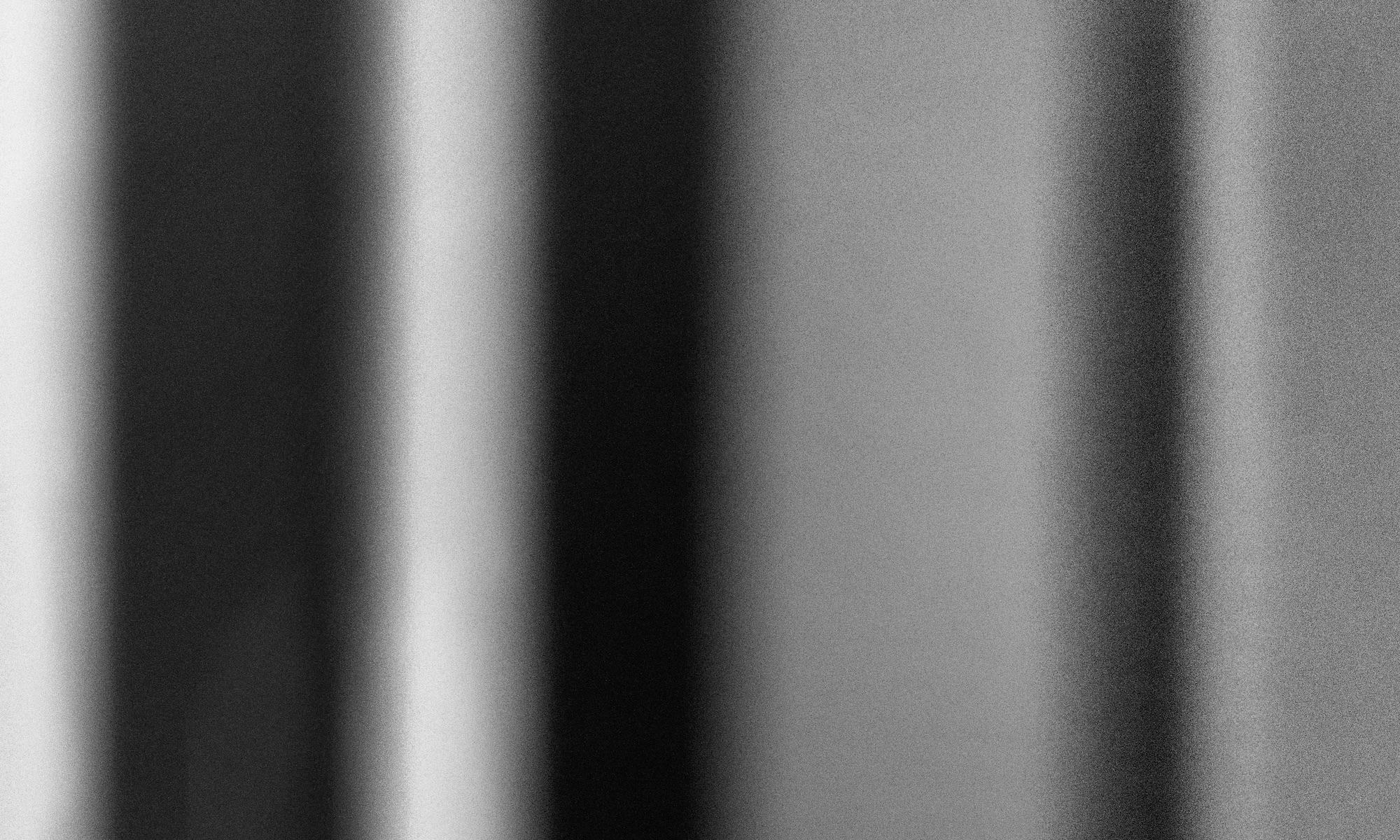UCL Institute of Making, 19th November 2019
‘The path of least resistance leads to elegant solutions’ Brian Eno, Oblique Strategies.
Seminar with Frances Scott, and showing/discussion of her film PHX [X is for Xylonite]. The film is the outcome of a collaborative project between UCL and Bow Arts focussing on plastics in the industrial heritage of the River Lea area. There was also an exhibition at the Nunnery Gallery and a publication (Vickers and Hill, 2019). The project provides a good example of a multi-disciplinary exploration of a theme (in this case plastics), spanning the arts, sciences and social sciences. It also focuses on a specific area of east London and explores the industrial history of the area around Hackney Wick (which includes buildings, now demolished, that I photographed in the first module). Frances works with a Bolex hand cranked camera and 100 ft reels of 16mm film, which she bucket processes. The use of film here is apposite as Xylonite (Ilford bought Xylonite for the process) came to be rebranded as celluloid, the material base for film. The film incorporates archival material and accounts. Objects from collections are incorporated by 3D laser scanning (fast scanning leads to degraded object images, mirroring the decaying of early plastic objects) and photogrammetry. The work is created by a process of ‘stitching together’. Frances tends to ‘let the material determine the process’.

Local people were involved in the steering group, and visits to archives and local sites were organised. Polymer chemists and other experts were involved in the process. An exhibition was organised around museum objects and artistic responses to these by Slade students.
References
Vickers, N. and Hill, S. (eds) 2019. Raw Materials: Plastics (Exploring the industrial heritage of the River Lea through a series of materials). London: Bow Arts.
